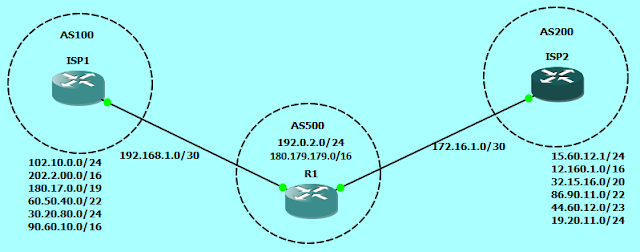NSX-T Architecture | Overview of NSX-T Management, Control, and Data Plane
NSX-T Manager
NSX-T utilizes a multi-tiered networking stack. The NSX Management Cluster is a 3 node high availability cluster. The cluster consists of a converged Management (Policy) & Control Plane cluster services.
- The NSX management nodes each contain a Management plane, a central control plane, a policy role and a replicated desired state datastore.
- The NSX Management Cluster provides availability of all management services and increased performance.
- The converged appliance allows for easier operations with less systems to monitor and maintain.
Functional characteristics of the NSX-T Manager
Following are the functions of the NSX-T Manager
- Maintains connectivity to all nodes in the system
- Provides entry point to the system via UI or API
- Handles user queries
- Persists user configuration and the desired configuration
- Validates the stores data state
- Maintains and propagates the dynamic state
NSX-T Manager Clustering
Following are the features are benefits of Clustering of NSX-T Manger
Features of NSX-T Manager clustering
- Cluster of three NSX managers
- API and GUI available on all managers
- Replicated desired state datastore
Benefits of NSX-T Manager clustering
- High availability of the NSX UI and API
- Reduces the likelihood of failures of NSX operations
- Provides API and GUI clients with multiple endpoints for a single VIP for availability
Clustering of NSX-T Manager can be setup in two ways
- NSX-T Manager Clustering with Virtual IP
- NSX-T Manager Clustering with Load Balancer
NSX-T Manager Clustering with Virtual IP
Following are the characteristics of NSX-T Manger clustering with Virtual IP.
- The cluster Virtual IP is assumed by one Manger called the leader
- All cluster nodes must be in the same subnet.
- GARP is used when the Manager with the Virtual IP fails.
- The cluster IP is used for the north bound operations. The south bound connectivity to the hosts uses the physical IP of each node.
NSX-T Manager Clustering with Load Balancer
Following are the characteristics of NSX-T Manger clustering with Load balancer
- All Nodes are active
- VIP load balances the traffic to multiple managers
- Managers can be in different subnets
NSX-T Control Plane
The control plane is distributed between
- Central Control Plane (CCP) in the Manager Cluster and
- Local Control Plane (LCP) agents on the hosts
Following are the functions of CCP
- Computes all ephemeral runtime states based on configuration from the management plane.
- CCP pushes stateless configuration to the transport nodes. The Local Control Plane (LCP) agents receive the configuration and pushes it into the data plane of the transport node.
- Disseminates topology information reported by the data plane elements.
NSX-T Data Plane
Distributed Data Plane
- The NSX-T distributed data plane connects and hosts workloads across an entire enterprise utilizing heterogeneous hypervisor support and multiple Public cloud connectivity.
- It supports hosting the most diverse array of application frameworks -VMs, containers, micro-services, bare-metal, etc.
- It implements distributed switching, routing and firewalling.
Data Plane in Transport Nodes
The Data Plane on each node is a high performance engine for logical switching, routing, and distributed firewall. The data plane encapsulated and decapsulates packets for the overlay network.
The Data plane of each host contains following elements:
- Local Control Plane (LCP) agent
- Management Plane Agent (MPA)
- NSX Virtual Distributed Switch
The N-VDS is based on either:
- ESXi vSwitch for ESXi
- Open vSwitch (OVS) for KVM
Learn more about VMware NSX here




Comments
Post a Comment